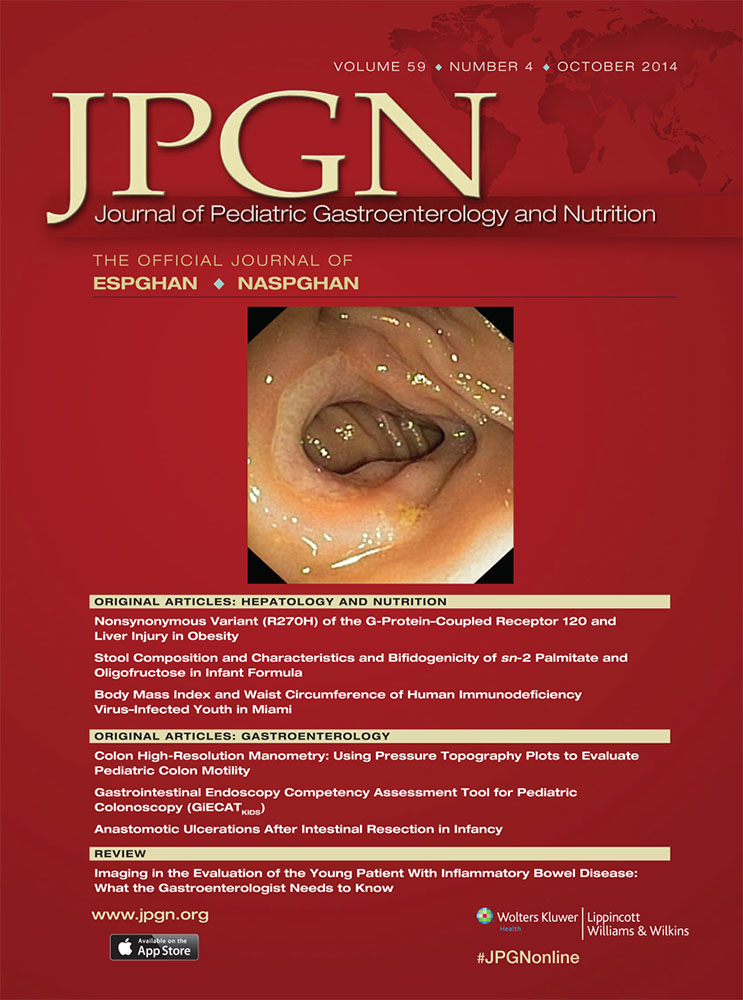Growth and Nutrition in Children With Trichothiodystrophy
www.clinicaltrials.gov registration number: NCT00001813.
This research was supported by the Intramural Research Program of the National Institutes of Health, National Institute of Allergy and Infectious Diseases, and the National Cancer Institute, Center for Cancer Research.
The authors report no conflicts of interest.
ABSTRACT
Objectives:
Trichothiodystrophy (TTD) is a rare autosomal recessive disorder of DNA repair and transcription. Patients have multisystem abnormalities, including alterations in growth and development. This report characterizes the growth and nutritional status of a cohort of children with TTD.
Methods:
Twenty-five patients with TTD were evaluated through a natural history study of patients with DNA repair diseases at the National Institutes of Health. Mean length of follow-up was 2.7 years. Retrospective and prospective data on nutritional status and height/weight were collected.
Results:
In general, patients with TTD had considerable abnormalities in growth, with a mean height-for-age z score of −2.75 and a mean weight-for-age z score of −2.60 at baseline clinical evaluation. The median weight-for-length at baseline was, however, 50th percentile and indicators of adequate nutrition such as serum albumin, hemoglobin, and vitamins D and B12 were largely within normal limits. Changes in growth parameters as children aged were characterized by further separation from standard growth curves (change height-for-age z score/year [−0.18 ± 0.42] and weight-for-age z score/year [−0.36 ± 0.51]). Patients who died during follow-up (n = 5) had significantly lower standardized height (P = 0.03) and weight (P = 0.006), weight-for-length (<0.0001), and higher heart rates (P = 0.02) compared with the remainder of the cohort.
Conclusions:
Children with TTD have markedly diminished weight-for-age and height-for-age relative to reference populations. The cause for this stunted growth remains unclear but does not appear to be related to poor nutrient absorption or malnutrition.




